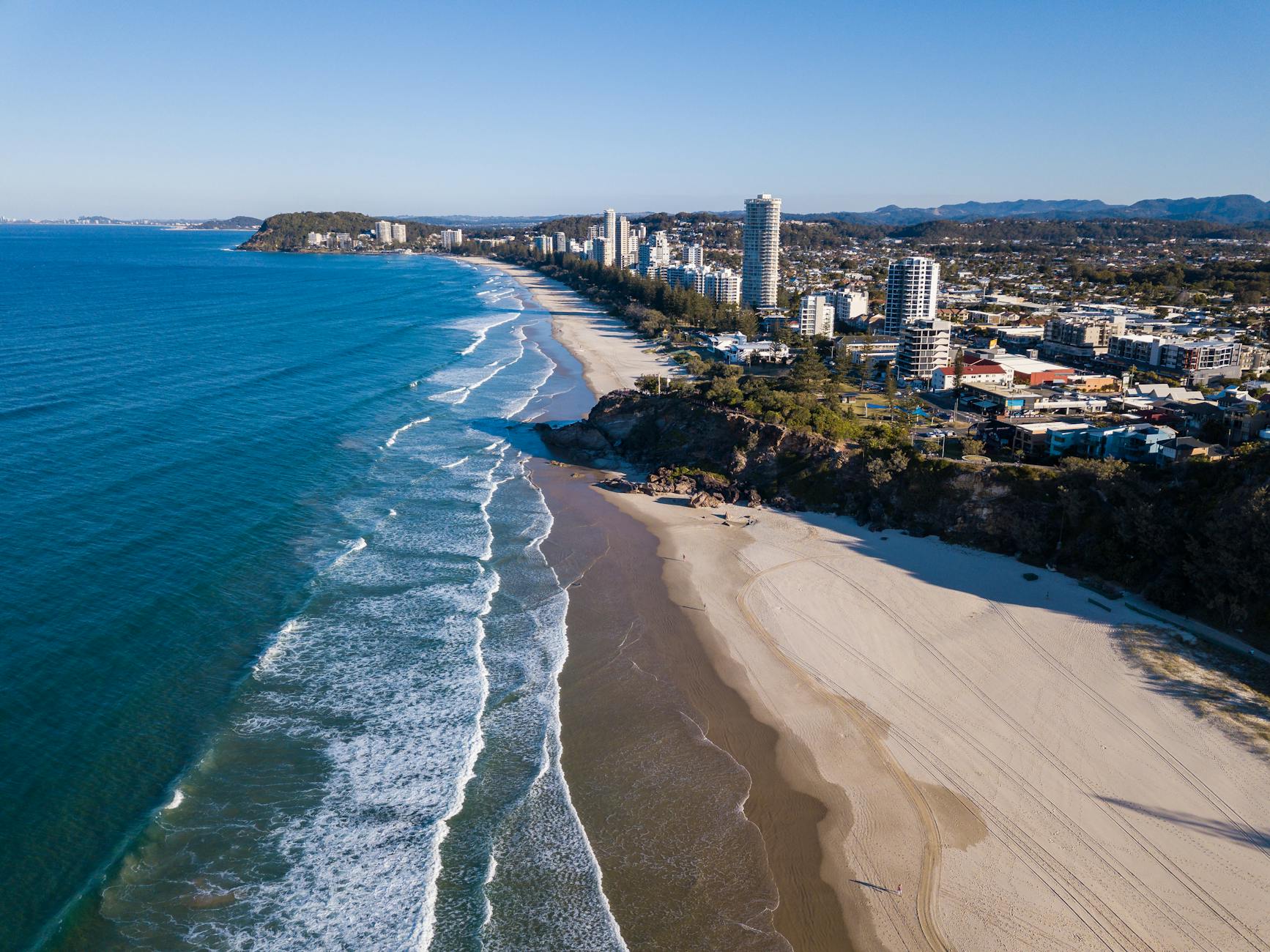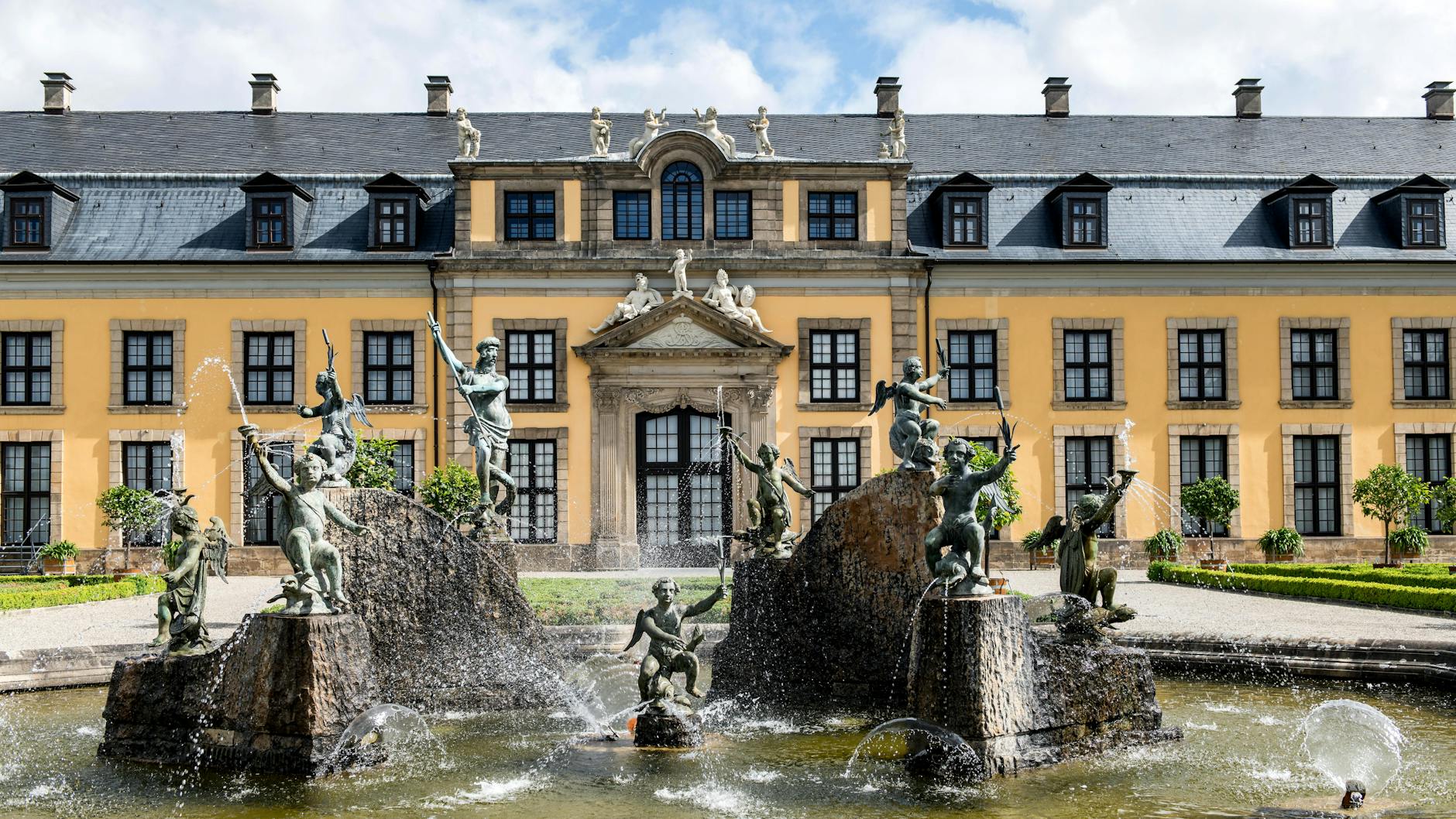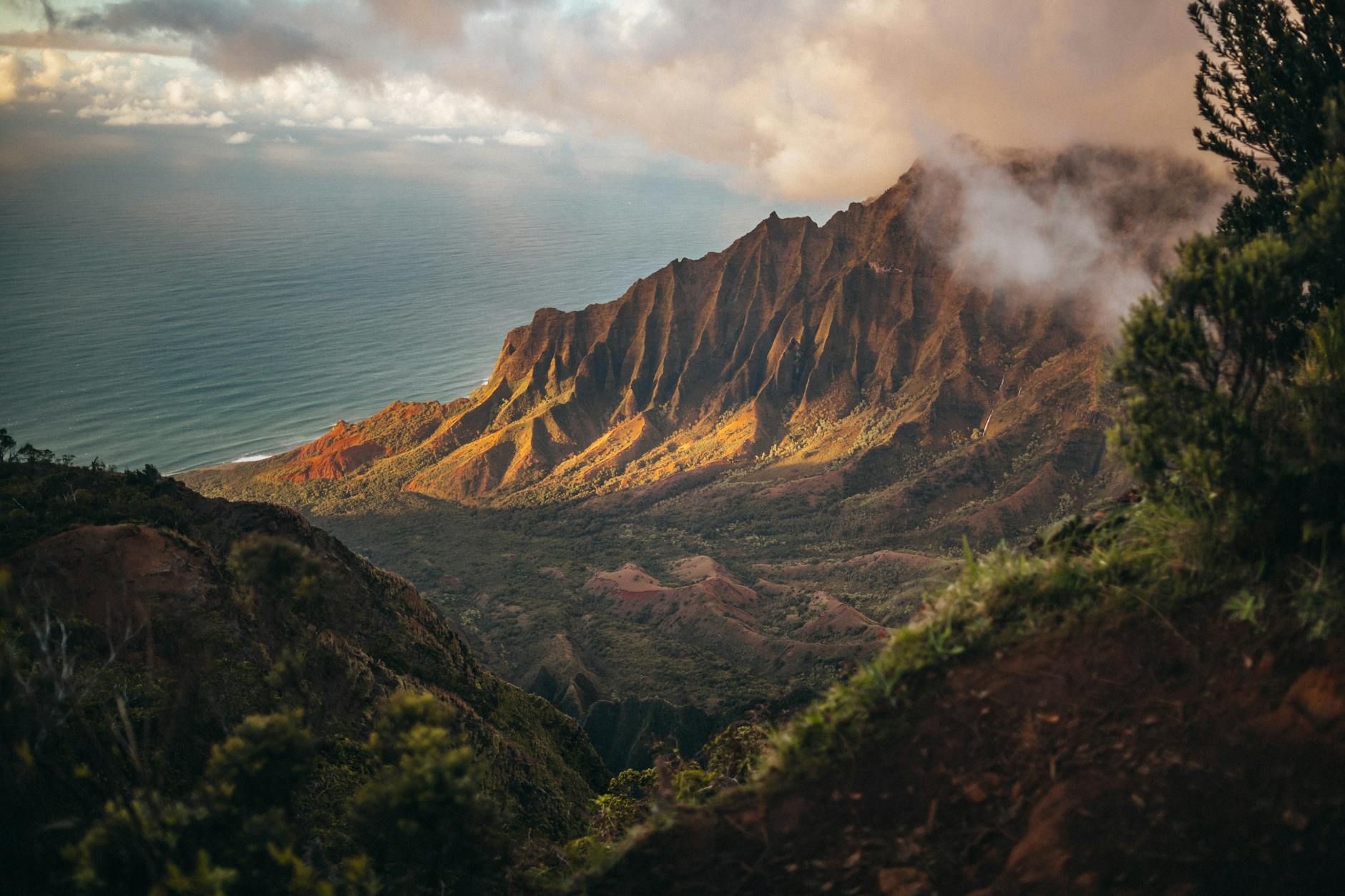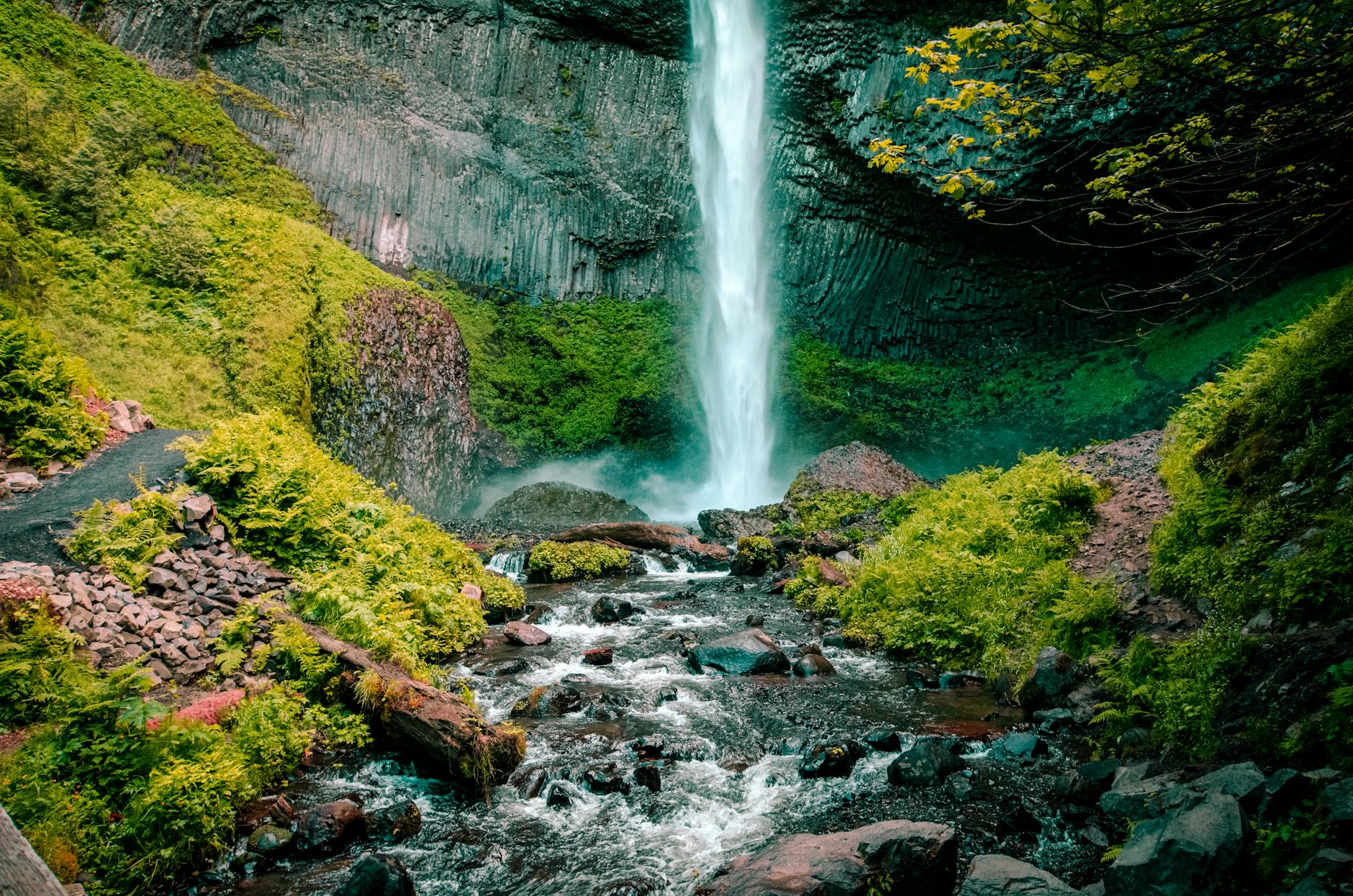Why Marine Protected Areas are Vital for Australia's Coastal Conservation

Exploring Marine Protected Areas
Environmental conservation is crucial, especially when discussing marine protected areas (MPAs) here in Australia. As you wander through Melbourne Zoo’s marine exhibits, you gain first-hand insights into the importance of protecting marine ecosystems. MPAs serve as designated areas where human activity is restricted to safeguard marine life and habitats. These areas are essential for conserving marine biodiversity, acting as havens for various species and promoting sustainable practices.
Defining Marine Protected Areas
MPAs are regions of the ocean where human activity is limited to preserve the natural environment, ensuring long-term conservation of ecosystems. Locations like those highlighted during an african safari echo similar ideas in conserving terrestrial environments. The focus is to maintain ecological integrity while allowing researchers to conduct studies that may lead to better conservation strategies.
Types and Categories of MPAs
MPAs come in various forms, including no-take zones, where all forms of extraction like fishing are prohibited, and multiple-use MPAs that balance conservation with regulated human activities. Understanding these categories is central to recognising how MPAs can support sustainability, much like the structured conservation efforts seen on antarctica cruises.
Legislative Framework in Australia
Australia has implemented a robust legislative framework to support MPAs. The laws focus on preserving marine biodiversity while addressing pressures from tourism and fishing. The protective measures align with the goals of both local conservationists and global initiatives, akin to a tanzania safari that combines wildlife conservation with regulated eco-tourism. This unity of efforts ensures habitats are shielded from harmful activities, bolstering the preservation of marine life for future generations.
Benefits to Biodiversity
Protecting Marine Species
Marine Protected Areas (MPAs) play a crucial role in safeguarding marine biodiversity, ensuring habitats thrive and species regenerate. By limiting harmful activities in key zones, MPAs contribute to the restoration of ecosystems, creating sanctuaries for marine life. One notable example is the Great Barrier Reef Marine Park, which is instrumental in preserving diverse species. MPs also offer a haven for endangered species, aiding in their recovery. These benefits resonate with the issues faced by many, as well as the potential solutions offered by south africa safari experiences which highlight the importance of conservation.
Enhancing Ecosystem Resilience
The establishment of MPAs bolsters ecosystem resilience by facilitating natural processes and promoting environmental stability. Inside these areas, nature has a chance to recover from both natural and human-induced disturbances. From the kelp forests near Port Phillip Bay to the intricate reef systems observed at SEA LIFE Melbourne Aquarium, healthier ecosystems are achieved, benefitting marine organisms and human communities. These areas serve as a testament to sustainable interactions between humans and nature, a parallel seen in african tours that prioritize genuine conservation efforts.
Supporting Genetic Diversity
Preserving genetic diversity is paramount for the adaptability and long-term survival of species. MPAs serve as genetic reservoirs, allowing populations to maintain healthy gene pools essential for resilience against changes like climate impacts. By sheltering unique habitats and nurturing various species, MPAs help protect intricate genetic webs. The conservation efforts extend beyond local significance, resonating globally, much like the enriching insights offered at SEA LIFE Melbourne Aquarium’s educational facilities.
Socioeconomic Impact
Boosting Local Fisheries
As we explore the dynamic relationship between marine protected areas (MPAs) and local fisheries, it's important to highlight the important balance that must be maintained. In many cases, MPAs can act as pivotal breeding grounds for marine life, which can then spill over to surrounding areas, enhancing local fish stocks. This natural replenishment can lead to increased catches for fishermen in nearby zones, reducing the need for intensive fishing in fragile areas and supporting sustainable practices in places like Port Phillip Bay. By ensuring that fishing methods are sustainable, local communities can not only meet their economic needs but also contribute to the conservation of the biodiversity-rich waters off Melbourne's coast.
Promoting Ecotourism Opportunities
MPAs offer incredible possibilities for ecotourism, drawing attention from environmentally conscious travellers who wish to experience nature without compromising its integrity. Ecotourism ventures often highlight marine biodiversity, offering educational tours and interactive exhibits, such as those found at the Melbourne Zoo's marine exhibits or the SEA LIFE Melbourne Aquarium. By prioritising eco-friendly and sustainable tourism practices, regions like Port Phillip Bay can boost their economies while preserving their unique ecosystems. Notably, safaris such as a Namibia safari or a Victoria Falls safari serve as exemplary models of ecotourism that respect and enhance local biodiversity.
Engaging Indigenous Communities
Indigenous communities play a significant role in the successful implementation and management of MPAs. Harnessing traditional knowledge, which has been passed down through generations, contributes to effective conservation strategies. Working closely with Indigenous groups not only strengthens cultural ties and fosters mutual respect but also facilitates the co-creation of sustainable practices that enhance the resilience of marine ecosystems. Recognising and honouring these deep connections with nature can help better manage and protect territories within coastal conservation zones, benefiting both the environment and the communities who rely on it.
Challenges in Implementation
Enforcement and Compliance Issues
In the realm of marine conservation, enforcement and compliance remain significant challenges. Many Marine Protected Areas (MPAs) lack the necessary resources to effectively monitor and enforce conservation laws. This often results in illegal fishing activities that threaten biodiversity. Advances in technology, like drones and botswana safari-style tracking methods, offer potential solutions but require significant investment and international collaboration, similar to initiatives seen in africa safari conservation efforts.
Balancing Conservation with Development
Striking a balance between conserving marine ecosystems and fostering socio-economic development presents its complexities. The temptation to exploit protected areas for short-term economic gain can be high, leading to unsustainable practices. Coastal communities, especially those around areas like Port Phillip Bay, often face conflicts between tourism revenue and environmental preservation. An inclusive approach that involves local stakeholders in decision-making processes may enhance sustainable outcomes while respecting the needs of all parties involved.
Climate Change Impacts
Climate change exacerbates existing challenges by altering marine ecosystems and habitats. Rising ocean temperatures and acidification significantly impact coral reefs, affecting the wider marine biodiversity. Just as the Melbourne Zoo and SEA LIFE Melbourne Aquarium engage visitors with real-world examples of marine biodiversity, effective climate action can be achieved by increasing awareness and public involvement in conservation activities. Engaging younger generations can lead to innovative solutions that address these environmental challenges holistically.
Best Practices for Protecting Oceans
Community-Inspired Conservation Initiatives
In Melbourne, the depth of understanding fostered by community-led conservation extends far beyond simple environmental protection. Essential to this effort is the passionate involvement of local communities such as those participating in clean-up activities around Port Phillip Bay. These dynamic groups work to safeguard our ecosystems, preserving the breathtaking marine life we can witness at institutions like the Melbourne Zoo's marine exhibits. Through such initiatives, we forge a deeper respect and love for our coastal habitats.
Harnessing Tech for Effective Monitoring
Incorporating cutting-edge technology into marine conservation efforts provides us with the tools to tackle some of our most pressing challenges, such as enforcement and compliance issues. Utilising advanced drone technology and underwater robotics, we can enhance monitoring of the pristine environments exhibited at the SEA LIFE Melbourne Aquarium. This technological leap acts as a guardian of marine biodiversity, enabling us to track species at risk more precisely and ensure they thrive.
Aligning with Global Conservation Efforts
Forming strategic alliances with international environmental initiatives is pivotal in our battle against global climate change, especially when considering the indispensable role of marine protected areas. By collaborating with organisations focused on marine preservation, we amplify the impact of our local conservation efforts in Melbourne and beyond. These collaborations empower younger generations passionate about sustainability, ensuring we hand over a thriving planet to our future caretakers.


